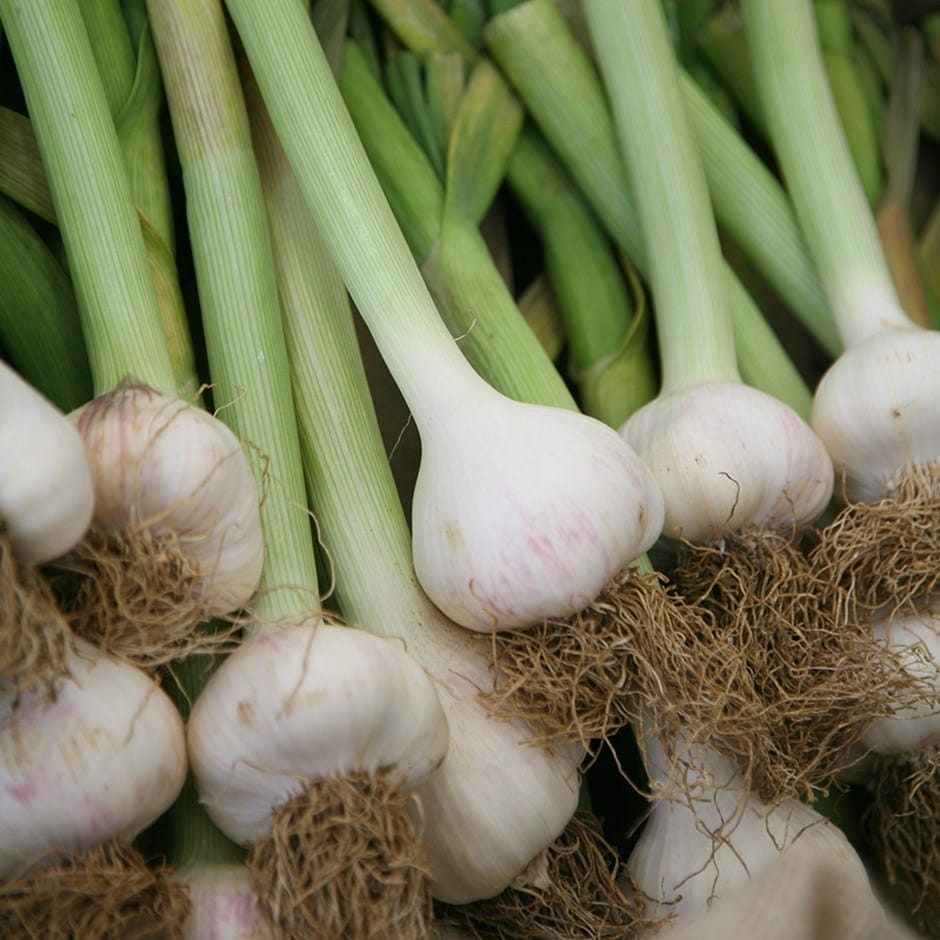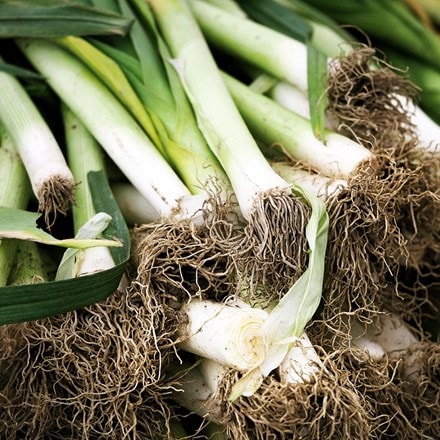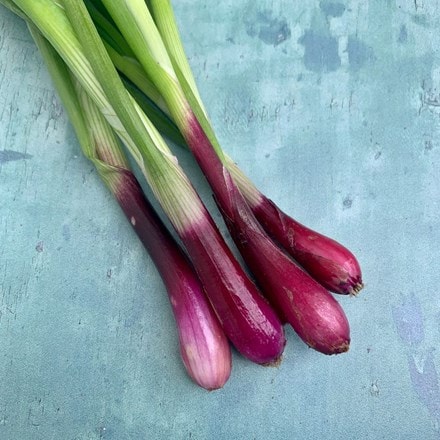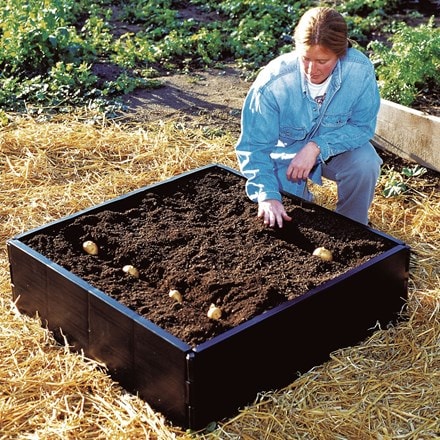Eventual height & spread
garlic 'Carcassonne Wight'
garlic (hardneck) bulb - Allium sativum Carcassonne Wight
- 1 × head/bulb
- £4.99
- Delivered during October
Delivery options
- Bulbs (only) £4.99
- Position: full sun
- Soil: well-drained neutral to alkaline soil
- Rate of growth: average
- Hardiness: fully hardy
Vigorous, reliable and well-suited to UK growing conditions, this hardneck garlic produces attractive pink cloves with excellent flavour and aroma. It performs especially well in cooler, temperate climates and is known for its strong, aromatic character and consistent bulb formation.
Originally from southern France, this cultivated variety adapts well to British gardens, making it a top choice for growers seeking a dependable hardneck type. It forms 8-12 well-sized cloves per bulb, typically ready to harvest in June or July from autumn plantings.
Expect good skin cover and a robust taste profile, ideal for cooking or drying. Like most hardnecks, it produces flower stalks (scapes) and stores until until mid-winter. Garlic 'Carcassonne Wight' remains a favourite for its resilience and punchy flavour.
Ideal for UK kitchen gardens and allotments, it delivers reliable yields and strong culinary options.
Originally from southern France, this cultivated variety adapts well to British gardens, making it a top choice for growers seeking a dependable hardneck type. It forms 8-12 well-sized cloves per bulb, typically ready to harvest in June or July from autumn plantings.
Expect good skin cover and a robust taste profile, ideal for cooking or drying. Like most hardnecks, it produces flower stalks (scapes) and stores until until mid-winter. Garlic 'Carcassonne Wight' remains a favourite for its resilience and punchy flavour.
Ideal for UK kitchen gardens and allotments, it delivers reliable yields and strong culinary options.
Hardneck garlic cultivated varieties should be planted in autumn, ideally from October to November, in a sunny, open position with free-draining soil.
Separate the bulb into individual cloves just before planting and space them 15-20cm (6-8in) apart in rows 30cm (12in) apart, setting each clove pointy end up at a depth of around 2.5-5cm (1-2in). Avoid overly rich soils and freshly manured ground, as this can encourage excess foliage at the expense of bulb size.
Keep weeds down during the growing season and water in dry spells, especially from late spring onwards when bulbs are forming. In early summer, hardneck types may produce a central flower stalk (scape), which should be removed as it appears to encourage better bulb development, although the scapes themselves are edible.
Harvest when the lower leaves begin to yellow and collapse, typically from late June to July. Lift carefully and allow the bulbs to dry thoroughly in a warm, airy spot before storing. Hardneck cultivated varieties tend to store until mid-winter, so use them within a few months for best quality.
Separate the bulb into individual cloves just before planting and space them 15-20cm (6-8in) apart in rows 30cm (12in) apart, setting each clove pointy end up at a depth of around 2.5-5cm (1-2in). Avoid overly rich soils and freshly manured ground, as this can encourage excess foliage at the expense of bulb size.
Keep weeds down during the growing season and water in dry spells, especially from late spring onwards when bulbs are forming. In early summer, hardneck types may produce a central flower stalk (scape), which should be removed as it appears to encourage better bulb development, although the scapes themselves are edible.
Harvest when the lower leaves begin to yellow and collapse, typically from late June to July. Lift carefully and allow the bulbs to dry thoroughly in a warm, airy spot before storing. Hardneck cultivated varieties tend to store until mid-winter, so use them within a few months for best quality.
- Pets: TOXIC if eaten; Humans: Skin irritant/allergen
Goes well with
spring onion North Holland Blood Red
approx 250 seeds
£2.29
In stock (shipped within 2-3 working days)




